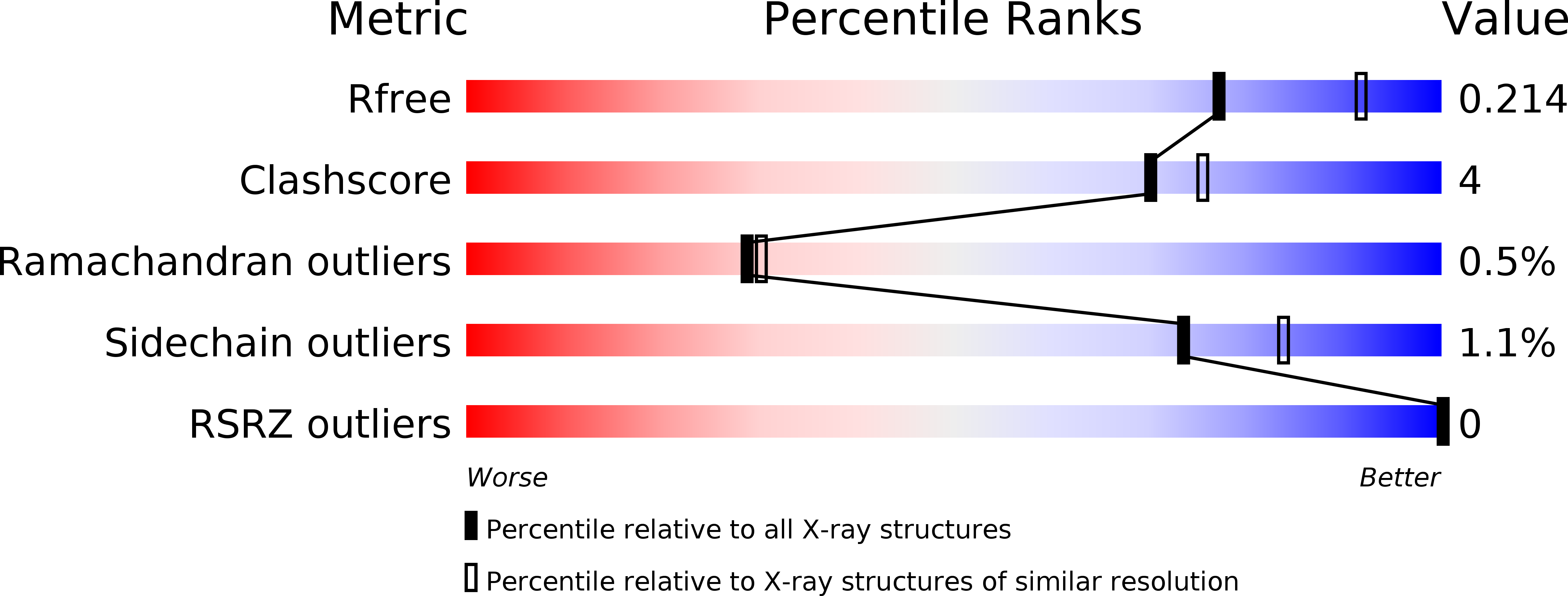
Deposition Date
2019-03-28
Release Date
2020-04-01
Last Version Date
2024-05-15
Entry Detail
PDB ID:
6R78
Keywords:
Title:
Structure of IMP-13 metallo-beta-lactamase in apo form (loop closed)
Biological Source:
Source Organism:
Klebsiella pneumoniae (Taxon ID: 573)
Host Organism:
Method Details:
Experimental Method:
Resolution:
2.21 Å
R-Value Free:
0.21
R-Value Work:
0.17
R-Value Observed:
0.18
Space Group:
P 1 21 1


